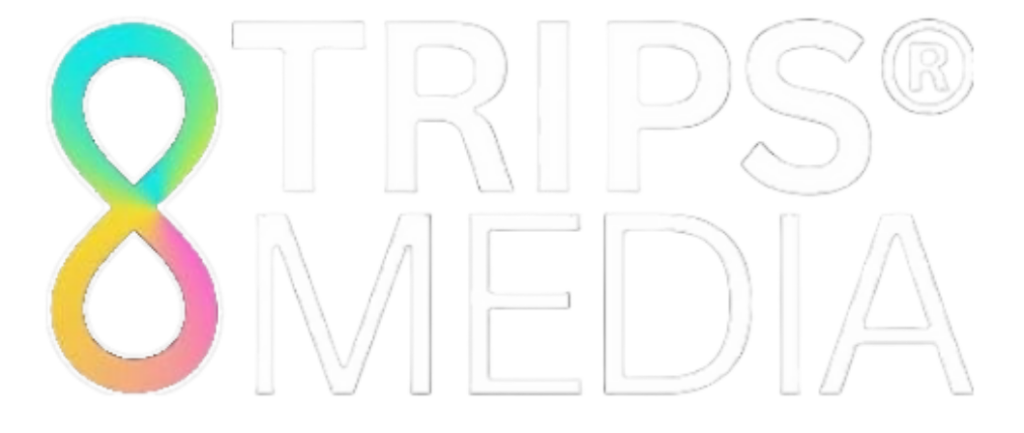Since its release in December 2009, Angry Birds has soared from a simple mobile game to a global entertainment powerhouse. Created by Finnish developer Rovio Entertainment, the franchise’s trajectory is a fascinating case study in brand evolution, expansion, and adaptability. This article explores the journey of the Angry Birds franchise from its humble beginnings to its current status as a multimedia empire and provides insights into Rovio’s strategic decisions that have kept the brand flying high.

Early Days: The Birth of a Cultural Phenomenon
Angry Birds was born out of a sketch by a Rovio designer who drew a flock of wingless, irate birds. The game’s premise was straightforward: players used a slingshot to launch birds at green pigs who had stolen their eggs, with the goal of destroying all the pigs in each level. This simple yet addictive gameplay, coupled with colorful graphics and quirky characters, quickly caught on with players.
By early 2010, *Angry Birds* had climbed to the top of the App Store charts, becoming a cultural sensation. It captivated a wide audience, appealing to casual gamers looking for a quick distraction as well as more dedicated players striving for high scores and perfect level completions. The game’s massive success set the stage for Rovio to expand the *Angry Birds* universe.
Expansion and Diversification
Following the success of the original game, Rovio wasted no time in expanding the franchise. In 2010, they released *Angry Birds Seasons*, which introduced themed levels based on various holidays and celebrations. This was followed by *Angry Birds Rio* in 2011, a tie-in with the animated film *Rio*, which showcased Rovio’s ability to integrate the game with popular culture.
2012 saw the release of two major titles: *Angry Birds Space* and *Angry Birds Star Wars*. These games marked a significant evolution in gameplay mechanics, with *Angry Birds Space* introducing gravity-based puzzles and *Angry Birds Star Wars* combining the classic slingshot mechanics with beloved characters and settings from the *Star Wars* universe. These spin-offs not only kept the franchise fresh but also demonstrated Rovio’s knack for innovation and storytelling.

Multimedia Expansion and Merchandising
As *Angry Birds* continued to dominate the mobile gaming landscape, Rovio recognized the potential to transform it into a global brand. The company began an aggressive push into merchandising, launching a wide range of products including plush toys, clothing, school supplies, and even food items. By 2012, *Angry Birds* merchandise was generating significant revenue, contributing to the franchise’s growing influence.
Rovio also expanded into animated content with the release of *Angry Birds Toons*, an animated series that helped further define the characters and their personalities. This move into animation culminated in the release of *The Angry Birds Movie* in 2016 and its sequel in 2019. Both films were commercial successes, grossing hundreds of millions of dollars worldwide and introducing the franchise to a new audience.
Adapting to a Changing Market
Despite its early successes, Rovio faced challenges as the mobile gaming market evolved. The rise of free-to-play games and the shift towards in-app purchases meant that *Angry Birds* needed to adapt to remain relevant. Rovio responded by launching *Angry Birds 2* in 2015, which embraced the freemium model. This strategy allowed players to download the game for free while monetizing through in-app purchases for power-ups, extra lives, and other items.
Rovio also diversified the *Angry Birds* portfolio with games in different genres, such as *Angry Birds Match* (2017) and *Angry Birds Dream Blast* (2019). These games leveraged popular gaming trends like match-3 puzzles and bubble-popping mechanics, attracting a broader audience while maintaining the core *Angry Birds* branding.
Present Day and Future Directions
Today, the *Angry Birds* franchise remains a significant player in the gaming and entertainment industries. Rovio continues to innovate with new game releases and updates, such as *Angry Birds Reloaded* (2021) and the augmented reality game *Angry Birds AR: Isle of Pigs* (2019). The company also explores new partnerships, live events, and themed attractions, including *Angry Birds World* theme parks, to expand the brand’s reach.

A Strategy of Innovation and Adaptability
The enduring success of the *Angry Birds* franchise can be attributed to Rovio’s strategic approach to brand management. By consistently innovating and adapting to market trends, Rovio has kept *Angry Birds* relevant and engaging for over a decade. The company’s ability to diversify its product offerings, expand into new media, and embrace emerging technologies has allowed the brand to thrive despite an ever-changing landscape.
As *Angry Birds* continues to evolve, it serves as a prime example of how a simple concept can grow into a global phenomenon with the right mix of creativity, strategic thinking, and adaptability. Rovio’s journey with *Angry Birds* highlights the importance of constantly evolving and finding new ways to connect with audiences, ensuring the brand remains as vibrant and dynamic as ever.

